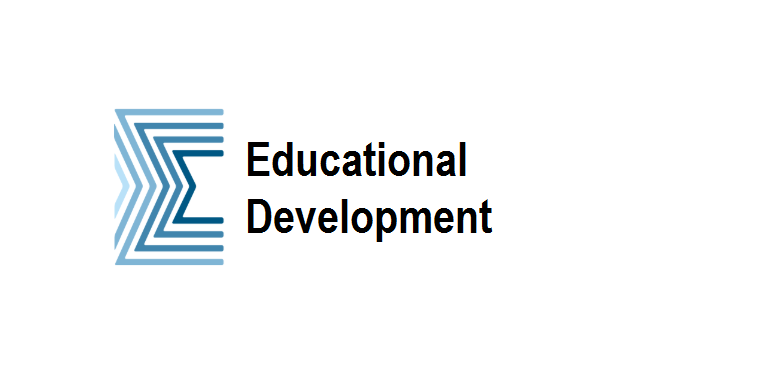Introduction
The Academy for Educational Development was a multinational nonprofit organization committed to worldwide enhancing education, health, and economic growth. Throughout its history, Academy for Educational Development (AED) has served various programs that have been desired to enhance the quality of life and expand opportunities for people across the globe. In 2011, AED was combined with FHI 360, an international development organization, but its inheritance remains integral to international development and education. However, this article will deliver an in-depth overview of the mission, key initiatives, and influence of the Academy for Educational Development. It will closely examine how its work contributed to positive global transformation.

Mission and Vision of AED
The core mission of AED was to foster meaningful differences in education, health, and social development. Its programs transited across many continents, addressing crucial issues that affected marginalized communities. AED’s work focused on developing access to quality education, enhancing health outcomes, and promoting economic empowerment for disadvantaged populations. However, the organization assumed a comprehensive, research-driven strategy for its projects, utilizing evidence-based strategies to gain tolerable results. By facilitating inclusive and equitable development, AED desired to make lasting improvements in the lives of individuals, particularly in low-income and developing countries.
Key Programs and Initiatives
AED’s projects were extensive and assorted, with multiple programs concentrating on different aspects of development. One of its most notable enterprises was in education, where Academy for Educational Development worked to improve school systems, enhance teacher training, and develop curricula that were relevant and responsive to the requirements of local communities. Through these efforts, AED aimed to enhance learning outcomes for children and youth, particularly in underserved provinces. Another significant area of focus was global health, where AED played a critical role in advancing public health initiatives, such as HIV/AIDS prevention, maternal and child health, and sanitation. However, AED’s schedules in health often worked alongside local governments and other international organizations to support healthcare systems.
Impact and Achievements
Throughout its presence, AED has significantly impacted the global development landscape. However, the organization allowed millions of people through its various programs, many executed in partnership with governments, local organizations, and international donors. AED’s commitment to evidence-based practices and its ability to adapt interventions to the cultural and contextual needs of the provinces it worked in were key factors in its victory. One of AED’s notable attainments was its role in advancing gender equality, particularly in education. By delivering access to quality education for girls and women, Academy for Educational Development helped to crack down on barriers that inhibited their social and economic improvement.

Conclusion
In conclusion, the Academy for Educational Development (AED) was a global nonprofit force committed to enhancing education, health, and economic development worldwide. Through its wide-ranging enterprises and partnerships, Academy for Educational Development has made meaningful strides in addressing pressing issues such as access to quality education, public health, and economic empowerment. Although the association officially merged with FHI 360 in 2011, the result of AED’s work resonates today, donating to ongoing efforts to produce a more equitable and tolerable world. The Academy’s legacy is a reminder of the power of teamwork, innovation, and a commitment to enhancing the lives of those in need.